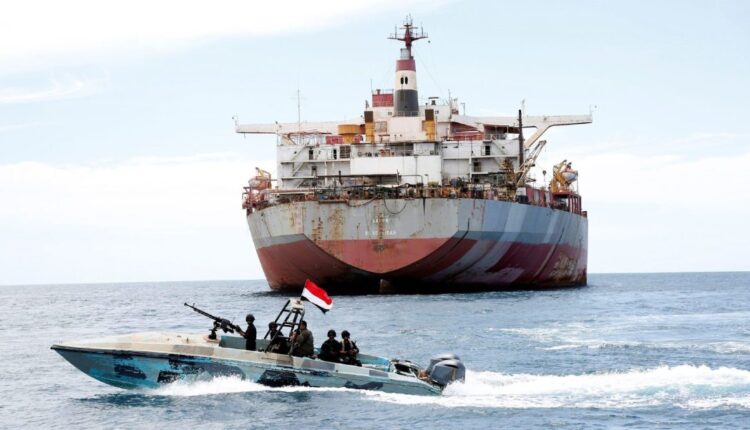SeaNews – International Desk – Ship traffic through the Red Sea has surged by nearly 60% since August 2024, now reaching 36 to 37 vessels per day, according to Vice Admiral Vasileios Gryparis, commander of the EU’s Operation ASPIDES naval mission. Although this marks a significant recovery, current traffic still falls short of pre-crisis levels.
Gryparis told Reuters that the increase in commercial shipping through the Bab el-Mandeb Strait is largely due to a drop in missile and drone attacks by Yemen’s Houthi forces and a ceasefire agreement reportedly reached between the group and the United States.
During the peak of the crisis in August 2023, daily traffic had dropped to just 20 to 23 vessels. In comparison, prior to the escalation of Houthi attacks in November 2023—launched in response to the Gaza war—an average of 72 to 75 ships passed through the area daily.
Despite the improvements, Gryparis emphasized that traffic remains “well below” pre-conflict norms. The last recorded attack on a commercial ship occurred in November 2024. Since then, Houthi forces have limited their operations to vessels linked to Israel or those that had previously docked at Israeli ports.
“The likelihood of being targeted is now less than 1%—provided your ship has no connection to Israel,” Gryparis stated, while warning that complete security cannot be guaranteed.
Although a fragile calm has returned, concerns persist over the safety of Red Sea shipping routes. Last month, former U.S. President Donald Trump announced that the Red Sea shipping crisis—ongoing for over 17 months—was nearing resolution. He claimed that the Houthis had agreed to halt attacks on vessels in exchange for a pause in U.S. military strikes against them.
Nonetheless, Houthi officials continue to issue combative statements, and global shipping companies remain cautious. During recent earnings calls, many maritime firms signaled that conditions are still not ripe for a full return to Red Sea routes.
Source: Splash247

